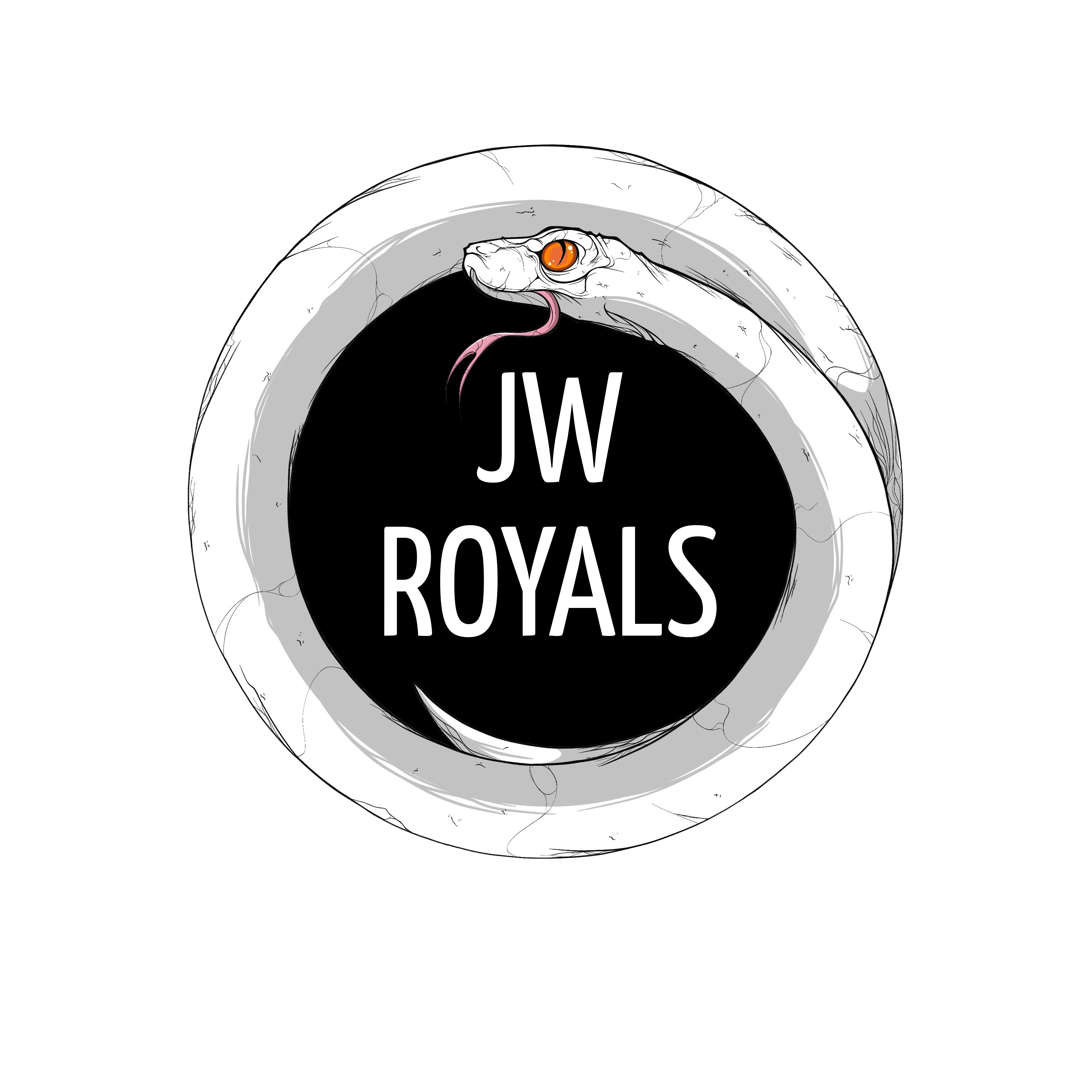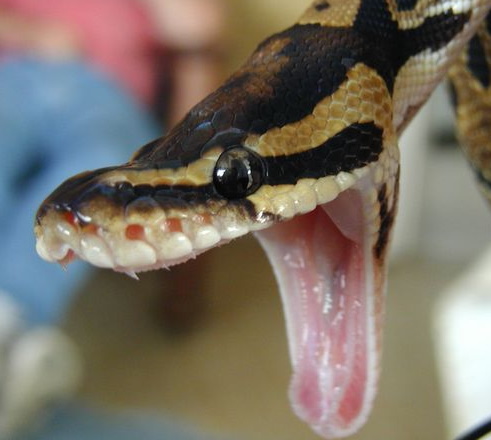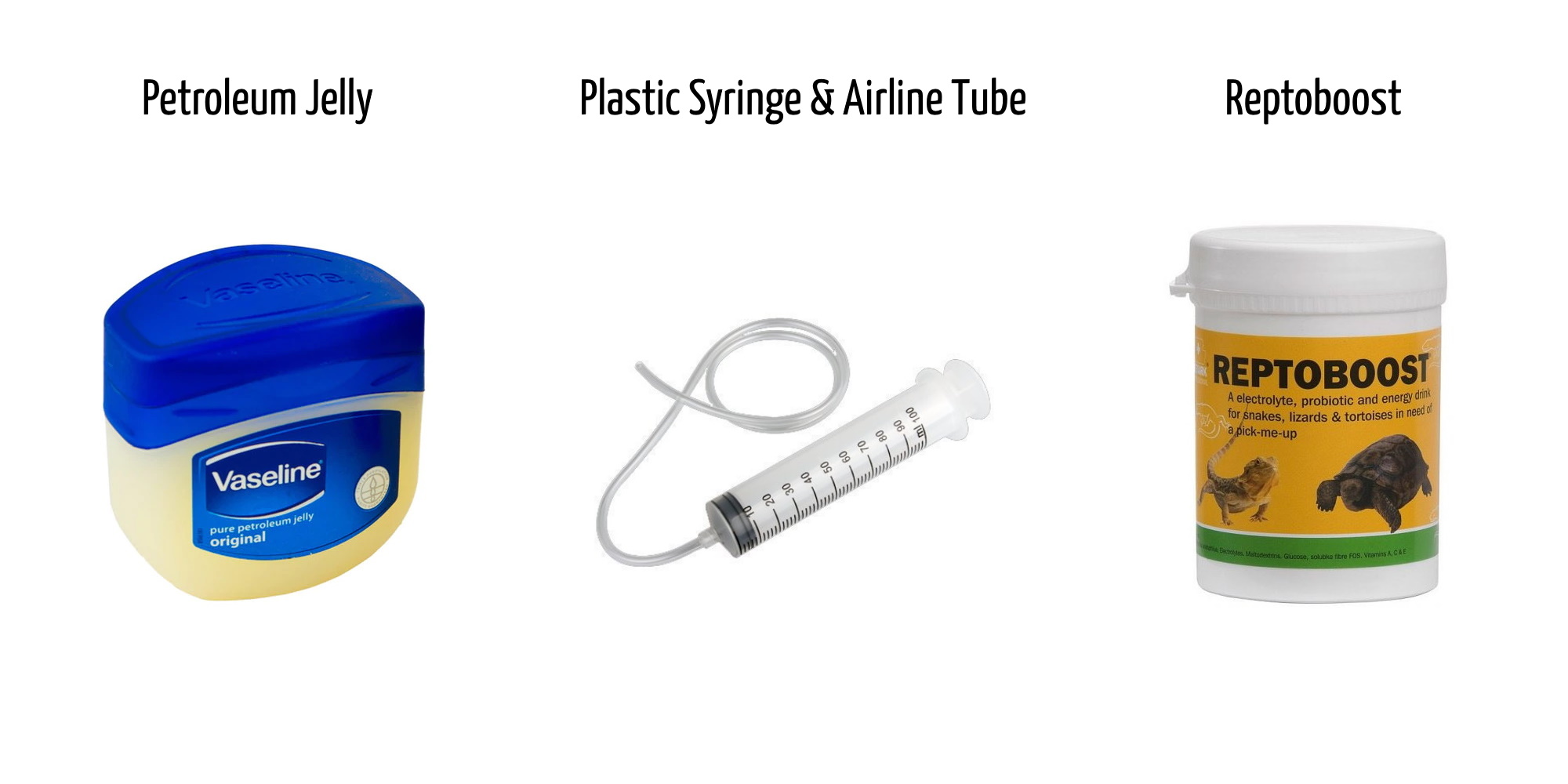Every keeper will experience a Royal Python will an illness, but with enough preparation and understanding, most of these are easy to overcome.
Stuck Shed
The main reason for stuck shed is low humidity. Humidity is the concentration of water vapour in the air, and this can be measured using a hygrometer. Royal Pythons require humidity levels around 60%, and an increase when in shed to around 80%. The humidity levels can be increased with a misting bottle and strategic positioning of the water bowl.
Most Royal Python owners will encounter this issue at least once, and stuck shed is no real concern if treated in good time, and preventative action is taken to ensure successful shedding. If we pay attention to our humidity levels, stuck sheds can be avoided easily.
When a snake has difficulty shedding, they can have a partial shed which leaves pieces of stuck skin still attached to the snake. If possible, it is always best to help remove the stuck skin. The best way to achieve this is by adding moisture to the retained skin to soften before removing. Soaking in a plastic tub with pre-drilled airholes works best. People often add a towel of some description to the water for the snakes to rub against and loosen off the skin. Water temperature is important. 30°c is perfect and should be fine at this temperature for the duration of the soak providing the room temperature isn’t too cold. A 30-minute soak is usually enough to soften the skin to the point it can now be removed.
Generally, the skin will begin to come away on its own, but you can also apply light pressure as the snake moves through your hands to help it come away. If there is any resistance, it is important that you don’t try and peel this away. Attempting to remove shed that isn’t loose enough can damage your snake’s scales!
Snakes that have retained old skin on their head and/or eyes can also present a more difficult task. Preparation for this is all the same, but the post-soak work is slightly different. For retained eye caps, these can be gently removed with a damp ear bud (Q-Tip for our American visitors). Again, if there is any resistance, stop immediately, but with a good enough soak, they generally come away with ease. If the whole head skin has been retained, the old skin can be worked away with a damp ear bud, starting from the top lip and back over the head.
Respiratory Infections
Respiratory infections are probably the second most common issue in Royal Pythons, but again, this is easily avoided with correct husbandry. Most respiratory infections are caused by low humidity and dry habitats. The best way to avoid this type of illness is by maintaining the correct level of humidity. As mentioned earlier on this page, the ideal humidity level is around 60%. Breathing in warm dry air over a prolonged period is the most common cause of respiratory infections in Royal Pythons. Some suggest that having “too humid” enclosures can also cause respiratory infections, but there hasn’t been a great deal of evidence to back up this theory. Enclosures that aren’t kept at the correct temperatures can also be the primary cause of a respiratory infection, and with the UK’s overnight temperature decline, if you aren’t using the correct equipment, or your equipment isn’t configured correctly, this could cause the enclosure to drop below the minimum required temperature.
There are two types of this illness… the upper respiratory infection, arguably the easiest form to treat, and the lower respiratory infection, a version that may require veterinary intervention.
An upper respiratory infection can often be treated at home with basic equipment that most reptile keepers will have to hand. As this type of respiratory infection is the snakes equivalent to a human’s common cold, overcoming this illness is relatively easy. Signs of this include mucus from the nose and mouth, open mouthed breathing and/or gasping, wheezing, and coughing. Firstly, we would raise the hotspot temperature from 32/33°c to 34/35°c. This enables the whole enclosure to increase by the same difference, ensuring that your snake isn’t “too cold”. At the same time, we would increase the humidity levels to around 80%, and keep these elevated levels for around 7-10 days. Supplementary soaks in 32/33°c water can also be done to provide a warm humidity rich environment. These soaks should last for roughly 30 minutes, and the snake should be dried thoroughly before re-introducing them to their enclosure. The increased temperatures and humidity levels will enable your snake to overcome this illness fairly quickly, but attention should be paid to the husbandry to avoid further illness.
A lower respiratory infection will present all the above symptoms, but these are generally amplified and cannot be cured using the DIY methods mentioned above. This illness is almost the equivalent to pneumonia in humans, and with the absence of a diaphragm, and the inability to clear mucus from the respiratory tract, a build-up of fluid can occur within the lungs. Veterinary intervention will be needed! The veterinarian will most likely prescribe and administer some form of anti-biotic injection and begin treating the snake same day. It can take weeks for a lower respiratory infection to cure so you will need to be patient.
Generally, reptile owners will have recognised the illness before it reaches the lower respiratory tract and will have taken the necessary steps to cure and prevent further illness. Good husbandry is key to avoiding these types of illness!
Fasting
Fasting is one of the most frequent "problems" that most keepers and breeders will experience in their Royal Python career... but is it actually a problem?
So, what happens if you Royal Python doesn't begin eating again?
The most important thing here is not to panic! Some Royal Pythons can fast for up to 18 months without losing enough weight to have a detrimental affect to their health. If your snake doesn't begin eating again when the breeding season has ended, just be patient. They will generally go back on to food when they're ready. It is important to assess your husbandry and temperature / humidity levels to ensure there are no other contributing factors that are causing you snake to refuse food.
So you've checked your enclosure and everything is fine, but your Royal Python is still refusing to eat? What now?
Take out the time to inspect your Royal Python! Is it losing a considerable amount of weight? Does it look to be fatigued? If you answered yes to either of those questions, intervention will be needed. A visit to the veterinary practice would be the first recommendation. X-Rays and blood samples can be taken to identify any underlying issues. The vet can also check for compaction and respiratory l infections that could also cause your snake to refuse food. Generally, most snakes don't have any further issues, and their unwillingness to eat is due to fatigue, de-hydration, lack of nutrients and low energy, due to the refusal of food for an extended period of time.
We have a great method to get your Royal Python eating, but again, we wouldn't recommend this to the beginner keeper, and the vet would be more than willing to undertake this task for a fee. We use a product called Reptoboost. Reptoboost is a pro-biotic combination of bacteria, enzymes, electrolytes and vitamins which can be used to give your snake that "pick me up" that it so desperately needs... kind of like a Red Bull and Actimel for humans. Reptoboost comes in powder form which is mixed with water to make a solution that is administered directly into the snakes stomach. The ratios are 1 scoop per 500ml of water.
This is a list of the equipment needed for the job...
First things first, make sure to disinfect the airline tubing using an alcohol wipe, and wash your hands thoroughly. This is a semi-invasive procedure so cleanliness is crucial.
Next, you'll need to prepare the Reptoboost solution, mixed at a ratio of 1 scoop per 500ml of cold water. Make sure this solution is well mixed and all powder has dissolved into the water. Now draw 20ml of the solution into the syringe.
The airline tube will now need some lubrication. Apply a coating of petroleum jelly down the entirety of he tube. This will allow the tube to slide effortlessly into the snakes esophagus. This procedure is generally performed on adult snakes that are fasting, so we find the length of the airline tube can safely measure up to 20cm.
Now your volunteer (yes, this is a two man job) will need to hold the snakes lower 3/4 whilst you take control of its head. Holding the snake upright, gently open the snakes mouth with the end of the tube and begin to insert the tube into the mouth and down the esophagus. Be careful to avoid the glottis at this point... that's your snakes only way of breathing. Your volunteer will more than likely have a bit of a struggle with the snake fighting back as the tube is being inserted, but it is important to keep the snake as straight and upright as possible. Once your happy with the insertion of the tube, slowly start administering the solution... take your time and don't rush. Once the solution has gone, slowly and carefully begin removing the tube. It is now a good idea to try and keep the snake upright for a few minutes to avoid regurgitation.
This procedure IS NOT recommended for beginners, so please don't attempt this without the help form an experienced breeder or keeper, or better still, just take your snake to the veterinarian... they will perform the same or similar procedure for a fee.
This may need to be done a couple of times before your snake feels energised enough to begin eating again. We generally offer food 2-3 days after, and if refused, administer another dose of Reptoboost 7 days later.
There are other options to try before attempting this process...
If your Royal Python regularly eats rats or mice, you could try feeding African Soft Furred Rats. As this prey item is part of their natural diet, this can often kick start feeding habits again. Beware, some snakes will refuse to return to their previous diet of commercial rats and mice once African Soft Furred rats have been offered.
Scenting the prey item is also another option. Guinea pig bedding can be used to scent your mice and rats if you have a Royal Python that is refusing to eat. Guinea pig bedding can be picked up at most local pet shops free of charge. Scenting the prey item with an alternative food source is another tried and tested method. Defrosting your mice and rats in the same container as an African Soft Furred rat, or rubbing the two defrosted items together before feeding can also work. Also, scenting the prey item with Vanilla Extract is reported to work for snakes that are refusing food. This may sound mad, but it can work... about 50% of the time, but this is definitely worth a try before attempting the Reptoboost method!
Scale Rot
Lorem ipsum dolor sit amet, consectetur adipiscing elit. Nullam porttitor augue a turpis porttitor maximus. Nulla luctus elementum felis, sit amet condimentum lectus rutrum eget.



